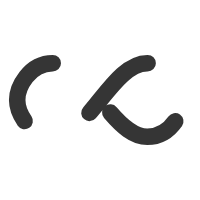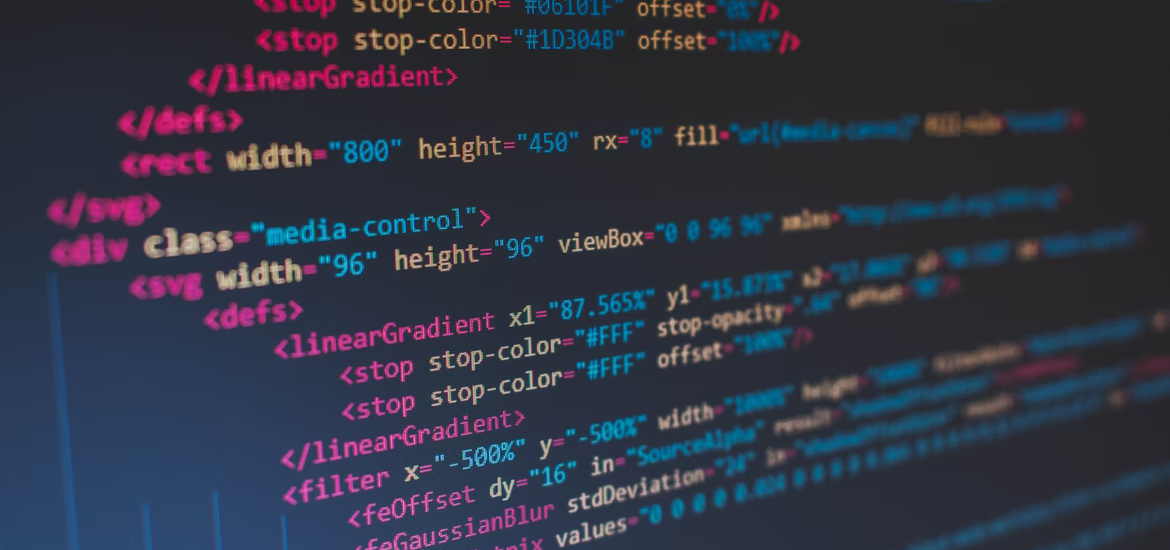Our reality has changed to such an extent that people can no longer easily find a soulmate offline. That is why dating websites are gaining in popularity and can become a good source of income if you build one wisely. Today, we will give a checklist of things to do if you decide to start a business in the sphere of online dating and code your own app.
Step 1. Shortlist functionality
- Chat. Texting is the first feature of the dating app because your users are supposed to talk to understand each other better. You should create a safe environment for exchanging messages because this way users will stay on your website for a longer period of time or visit your app more often.
- Push notifications. Quick notifications to keep users in the know of what is happening to their profiles, be those new messages or matches.
- UI. Check the user interface is neat and nice. Don’t use too many disturbing elements.
- Matchmaking. Your algorithm should be able to analyze user data and smartly connect people.
- User profiles. Create your plan how you want to let users view other profiles. Do you want to limit the number of visits per a certain timeframe? Do you want to notify users about visiting their profiles?
- Social Media Authentication. Social networks can be both a means of checking the credibility of profiles and a way of gathering more information about users for smart matching.
- Geotargeting. You should decide whether you want to provide proximity awareness and match users according to their location or not. Some people consider it useful, others think it is insecure. Anyways, you will need the help of GPS, Google maps, analytics, and segmenting.
- Gamification elements. Gamification is applied to encourage the user to keep on launching the app. The app gives incentives, rewards, and a sense of accomplishment. Gestures are another nice thing to introduce to your app. It adds some fun to the user as well as resembles games that users play a lot.
- Limited resources. To avoid boredom, add some limited resources, such as super-likes, which appear only once per day.
Step 2. Consider security features
Privacy and security are the top concerns of dating apps users. You will have to implement powerful multi-factor authentication and authorization methods. One of the recommended technologies is the OAuth 2.0 authorization framework or the OpenID Connect protocol.
Secure data exchange between servers
The work of online dating apps relies on communication with back-end servers, cloud-based servers, chat servers, GPS, and other systems. You should enable secure communication between all these systems through SSL, TLS protocols, and enable checks on whether security certificates are implemented. Also, check that you use secure APIs.
Protecting app data
Dating apps deal with a huge amount of personal data, including phone numbers, social media profiles, location, etc. Logically, your app functionality also requires data encryption everywhere where the data is located. As encryption technologies, you can use 256-bit Advanced Encryption Standard symmetric-key algorithm. Introduce security measures early on because you can’t go by this topic and bringing in security features at later stages will take more time and effort.
Step 3. Pick your ideal technology stack
After you fully understand the functionality that you want to get, you can finally start choosing the technology stack, introduce gamification, and add security features. While choosing your technology stack, consider the following options.
Back-end technologies:
- Javascript is a lightweight, interpreted, object-oriented language programming language best known for web development.
- Python is an interpreted high-level general-purpose programming language.
- Perl is a programming language for text processing.
- Node.js is an open-source, cross-platform runtime environment used for building server-side web applications.
- MongoDB is a powerful open-source NoSQL database management program.
- Redis is a fast, open-source, in-memory, advanced key-value data structure server.
- ReactiveX is a library for building asynchronous and event-based programs with the help of observable sequences.
- Bolts is a group of low-level libraries used for simplifying mobile app development.
Devops:
- Crashlytics is a lightweight, real-time crash reporter for Android and iOS.
- Fabric is a modular mobile platform that combines the services of Crashlytics, MoPub, Twitter, and others to let developers create mobile apps.
- Cloudflare DNS is a free, authoritative DNS service.
- New Relic is a SaaS-based software analytics platform used for app performance management and mobile monitoring.
- Rollbar is a real-time error tracking and debugging solution.
- Nginx is a free, open-source software for web serving, reverse proxying, caching, load balancing, media streaming, and more.
- Amazon Web Services (AWS) or Google Cloud.
Analytics:
- Branch Metrics helps users grow mobile conversion, engagement, and retention with the help of deep linking, analytics, user routing, and personalized app experiences.
- Apache Hadoop is an open-source framework based on Java that is used for the distributed storage and processing of large data sets across clusters of computers using simple programming models.
- Google Analytics is a free service that helps you retrieve detailed statistics about the website visitors.
As a working example, you can consider the tech stack that powers a popular dating giant — Tinder.
- Android/iOS mobile app stack: Swift, Objective C, Java, Ruby/Cucumber & Rubymotion.
- Backend/API stack: Node.js, JavaScript, HTML5, Elasticsearch, MongoDB, Redis, AWS & Bash scripting.
- Website stack: jQuery, Node.js & Nginx.
Step 5. Build your matching algorithm
The matching algorithm defines whether the app will be successful or not. Many dating websites rely on collaborative filtering, the algorithm which lets users get more relevant suggestions of profiles. The algorithm takes into account the opinion of the majority of users and offers the profiles liked by other people with tastes similar to yours.
The algorithm should be able to analyze the number of profiles a user found in a session, the number of responses, the average duration of a page visit, positive and negative responses, location, profile page visits, the number of matches in general, and the number of successful matches. You can read more about the work of dating algorithms in our previous post.
Step 6. Plan the App Design
A neat and comprehensive UI is exactly what you need to attract and keep users. Tinder’s popularity is very much explained by its clean user interface. Users want online dating to be simple and fast. A complicated design will make them bored or distracted, so invest time in planning how to create a nice visual picture. The key is to include matches, likes, dislikes, location, preferences, and do it in a сonvenient way. As a layout, you can consider card-style (e.g. Tinder) or list-style (Badoo) UI. Lists are more popular among users who started using dating websites before Tinder. Both options are equally clean, though the card app is more convenient for using on the go.
Step 7. Enable voice, video, and text chatting
Your dating app will be a success if it supports several ways of communication. Text chat is a necessary feature because it is the main functionality why users need a dating app — to find dates and learn more about each other. Video and voice chat are also important not only because they give another way of communication but also because users can actually check whether they talk to real partners or not.
Conclusion
Now you have a sound strategy to create a competitive app. However, succeeding on the market of dating apps will take more than building a viable dating service. You will also have to invest in marketing and keeping your app secure.







